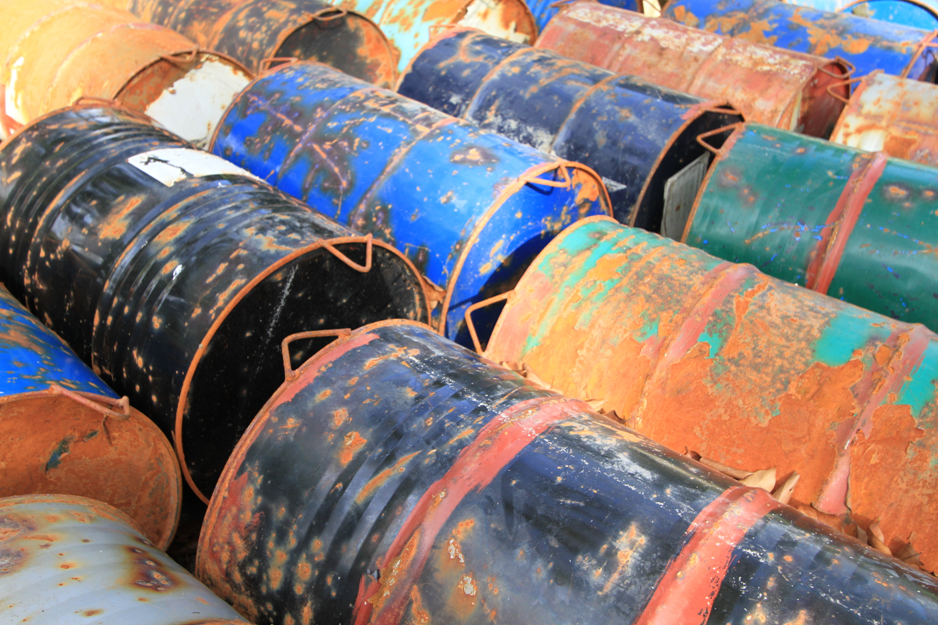Understanding environmental pollution, element by element
Human activities disrupt the biogeochemical cycles of many elements on our planet. For example, overuse of nitrogen fertilisers on farmland has caused nitrate levels in rivers to rise sharply. Mercury emissions from fossil fuel combustion, gold mining, and industrial processes contaminate animal tissues in remote Arctic ecosystems. And leaded petrol use has raised lead concentrations in urban soils. In The Elements of Environmental Pollution, John Rieuwerts explores the main elements associated with pollution.
The examples above illustrate that the major sources of pollutant emissions to the environment are activities embedded in our 21st century civilisation. As Rieuwerts explains in the opening chapter, it is the behaviour of elements in the environment rather than their presence per se that determines whether they cause pollution. Indeed, he closes the book with examples of elements emitted into the environment that do not cause environmental pollution due to their low reactivity, bioavailability, or solubility (antimony, barium, beryllium, bismuth, cobalt, and tellurium).
The examples above illustrate that the major sources of pollutant emissions to the environment are activities embedded in our 21st century civilisation. As Rieuwerts explains in the opening chapter, it is the behaviour of elements in the environment rather than their presence per se that determines whether they cause pollution. Indeed, he closes the book with examples of elements emitted into the environment that do not cause environmental pollution due to their low reactivity, bioavailability, or solubility (antimony, barium, beryllium, bismuth, cobalt, and tellurium).
|
Each chapter discusses a particular element, describing how the chemistry of the element in question affects its behaviour in the environment, outlines why and how it is used by humans, and then presents data explaining its environmental impact. For example, the author demonstrates the toxicity of tributyltin to marine invertebrates with data on the incidence of imposex (the development of male genitals in females) in gastropods on the Argentinian coastline, where tributyltin is used as an antifouling agent on boats. To illustrate the impact of cadmium on human health, he provides data on the relationship between the cadmium content of rice and the prevalence of itai-itai disease (bone softening) in Japan’s Jinzu catchment, upstream of the Kamioka mines that discharged cadmium-contaminated sludge from 1910 to the mid-1940s.
|
Although inorganic pollutants are the main focus, Rieuwerts also highlights major organic pollutants in the chapter on carbon, citing case studies such as the impact of the Deepwater Horizon oil spill on the Gulf of Mexico ecosystem, and the effects of neonicotinoid insecticides on bees. The chapters on bromine and chlorine also emphasise the emissions and impacts of fluorinated flame retardants. Rieuwerts ends by highlighting how little we know about the impacts of rare earth and platinum group elements on the environment, despite their rapidly expanding use by the electronics industry.
The simple, fluent writing style makes this an extremely accessible book, especially for readers without a firm background in chemistry. Complex concepts are explained clearly, with additional background information provided for non-specialists. For example, a concise diversion into the fundamental concepts of radioactivity provides the reader with just the right amount of information to understand the rest of the chapter on uranium. I would recommend the book to undergraduate and Masters of Science students in areas including environmental science, geography, and environmental management.
The Elements of Environmental Pollution, John Rieuwerts, Routledge, Abingdon, 2015, pp. 331, ISBN: 978-0-415-85920-2
The simple, fluent writing style makes this an extremely accessible book, especially for readers without a firm background in chemistry. Complex concepts are explained clearly, with additional background information provided for non-specialists. For example, a concise diversion into the fundamental concepts of radioactivity provides the reader with just the right amount of information to understand the rest of the chapter on uranium. I would recommend the book to undergraduate and Masters of Science students in areas including environmental science, geography, and environmental management.
The Elements of Environmental Pollution, John Rieuwerts, Routledge, Abingdon, 2015, pp. 331, ISBN: 978-0-415-85920-2


